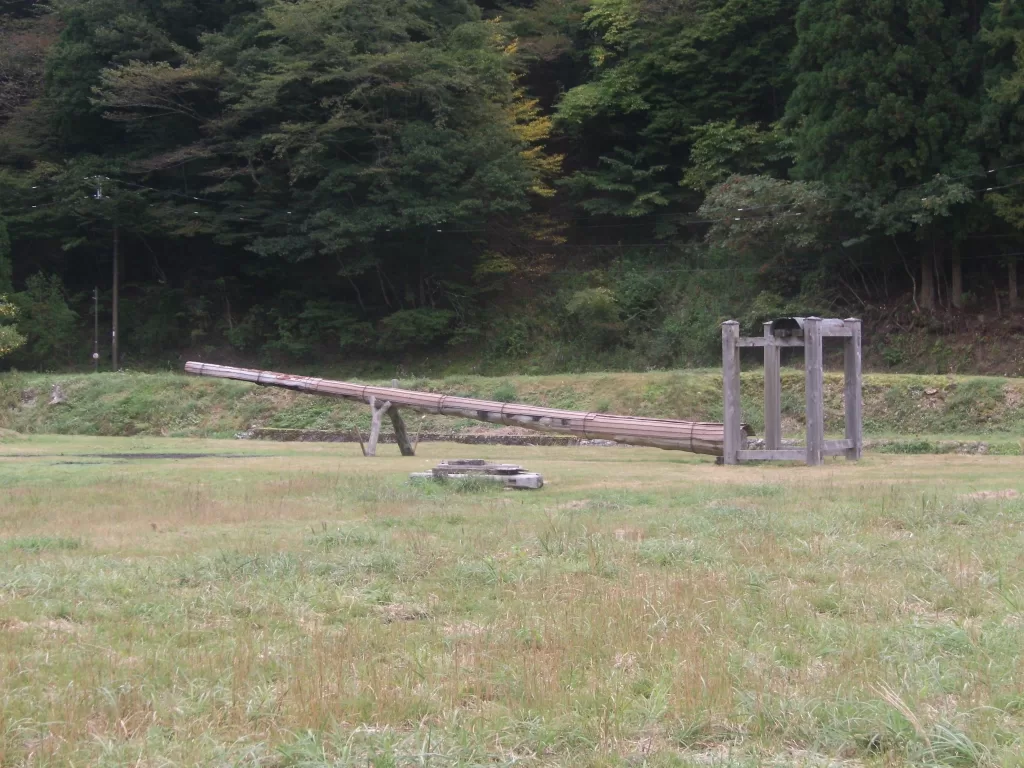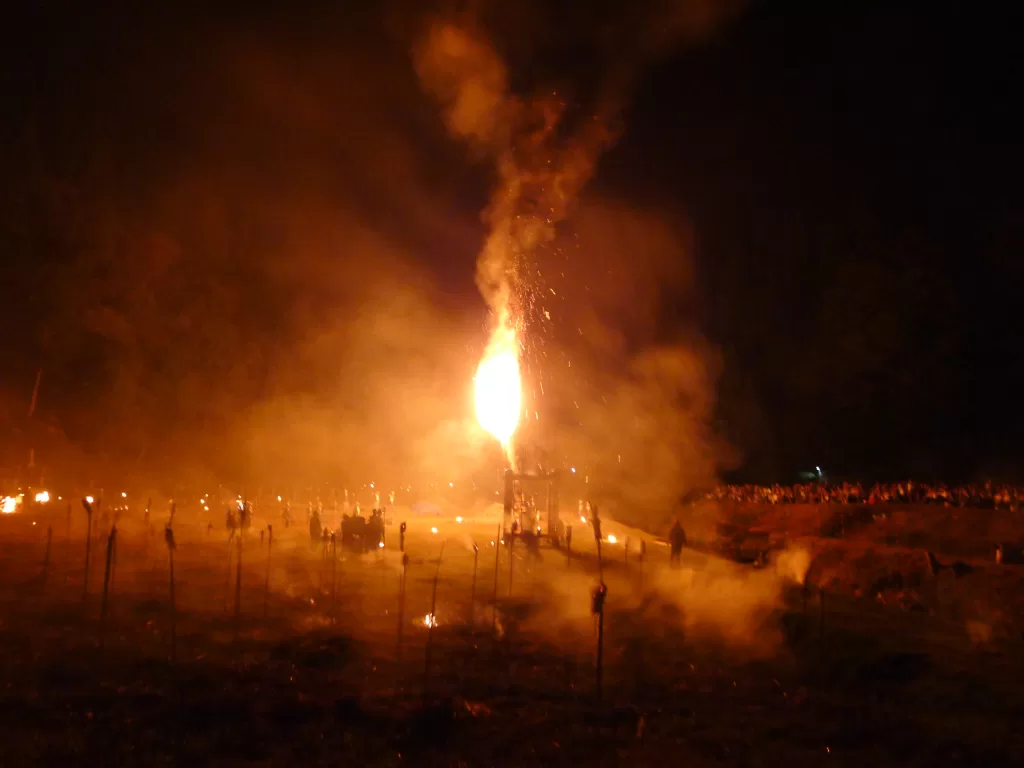Matsu-age Torch Lighting Festivals: Uniting Tradition and Local Communities in Rural Kyoto
The Matsu-age Torch Lighting festivals, held annually during the month of August, celebrate rural Japanese traditions, bring local communities together, and showcase ancient rituals to locals and visitors alike.
Taking place in three outlying villages in Kyoto—Hanase (August 15th), Kumogahata (August 24th), and Hirogawara (also August 24th), these Kyoto events in August, have drawn increasing attention as a window into Japan’s mystical past.

The Origins and Meaning Behind Matsu-age Festivals
All three Matsu-age festivals are rooted in historical practices involving rituals for warding off fires, praying for bountiful harvests, and honoring the souls of the deceased. At the core of these ceremonies is the commemoration of the local fire deity Atago Daimyojin.
Hanase’s Matsu-age Torch Lighting Event
One of the highlights of the Obon period—a traditional Buddhist holiday honoring spirits—is the Hanase village’s annual torch lighting event held on August 15th. The ritual starts at 20:00 and centers around a twenty-meter tall torch placed by a stream in a field filled with one thousand additional smaller torches. As small lit torches light up against the darkness of nightfall, locals participate by flinging them through the sky while many gather to witness this spectacular event.
The ceremony carries dual significance as a way to send off the dead who return to our world during Obon period and as a prayer for a good harvest—an essential aspect of rural Japanese culture.
Commemorating Atago Daimyojin Through Hirogawara’s Matsu-age
On August 24th, the village of Hirogawara hosts its annual Matsu-age torch lighting festival, starting around 20:30. Like Hanase’s ritual, Torogi—a twenty-meter tall pillar made of Japanese cedar—is erected with a large torch placed on the top.
However, Hirogawara’s ceremony departs from Hanase’s by enveloping the Torogi in a magical effect created by surrounding small torches that are set ablaze one after another. This creates magnificent circular trails of fire towering above the observers’ heads.

The Climax of Matsu-age Ceremonies
Hirogawara’s festival reaches its zenith when local men hurl small Agematsu (bundles of wood attached to twine) at the large torch atop the Torogi pillar attempting to set it alight. The crowd cheers with every attempt until the tree-torch finally ignites and crashes to the ground.
The roaring fire is then stoked as villagers bearing large sticks run toward it and cast them into the inferno. The flames climb higher into the sky before eventually dying down, signaling the end of this ancient tradition. A traditional dance follows, returning participants to their modern lives after partaking in this timeless celebration of rural Japan.

The Challenges and Importance of Maintaining Matsu-age Torch Lighting Festivals
Given Japan’s increasing urbanization and depopulation trends in rural areas, concerns have emerged regarding the preservation of these centuries-old traditions. Many villagers start preparing months in advance for these ceremonies as they provide a rare opportunity to connect with their cultural roots.
Notwithstanding these hurdles, attendees continue to place importance on discovering and maintaining these unique events. Locals and visitors alike relish in witnessing this visual fusion of heritage and mystique while uniting in a shared appreciation for rural Japan’s traditions. If you’re up for an enchanting experience, don’t miss the Matsu-age Torch Lightings.
If you want to witness a magnificent display of traditional Japanese fireworks and immerse yourself in the festive atmosphere, don’t miss the Kameoka Peace Festival Hozugawa River Fireworks.